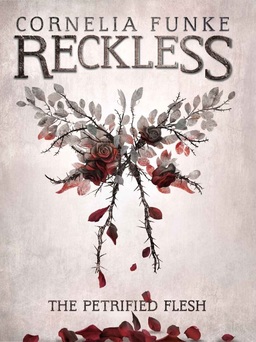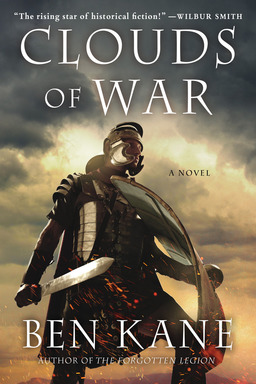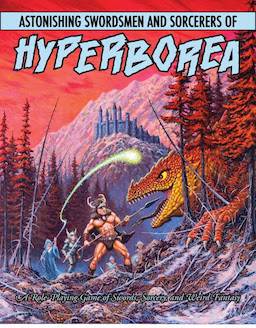A Vertigo-Inspiring Fantasy of Pain Magic, Corruption, and Murder: Francis Knight’s Rojan Dizon Trilogy
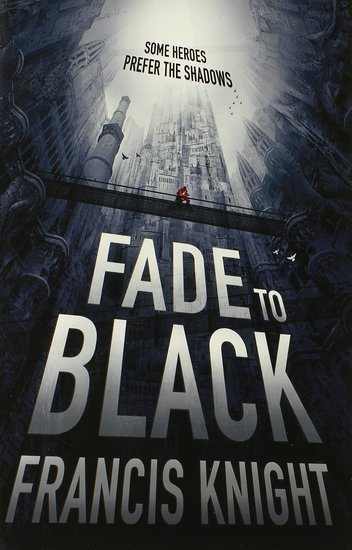 |
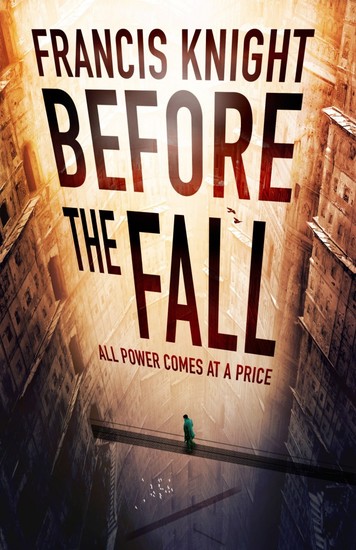 |
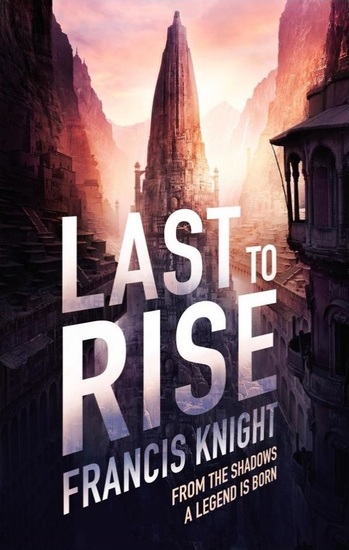 |
I’m a sucker for a great setting, and Francis Knight’s Rojan Dizon trilogy — which takes places in a towering city built layer upon layer, ascending to dizzying heights and ancient, shadowy depths; a city in the grips of a strange magic system based on pain — has a great setting. Knight has used the city of Mahala, which Library Journal says “recalls the vibrant, urban-based fantasies of China Miéville, Jay Lake, and Glen Cook,” as the setting for a complex and ambitious fantasy noir trilogy. It was published in trade paperback by Orbit in 2013, and I’ve been picking up the entire series for a couple bucks each at online remainder outlets this month.
Fade to Black (349 pages, $14.99 in trade paperback, $9.99 digital, February 26, 2013)
Before the Fall (384 pages, $15 in trade paperback, $9.99 digital, June 18, 2013)
Last to Rise (351 pages, $15 in trade paperback, $9.99 digital, November 26, 2013)
All three covers are by Tim Byrne.
The trilogy grew in acclaim as it progressed. Kirkus Reviews called the opening volume “Intensely realized and gripping,” and Booklist said it was “powerfully written, with a beautifully realized dystopian world and some thoroughly engaging characters.” And Publishers Weekly praised the closing volume, saying “The series, which has grown in complexity since the beginning, reaches a profoundly moving conclusion that is both unexpected and entirely satisfying.”
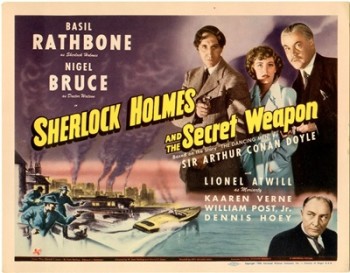
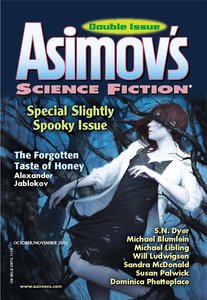
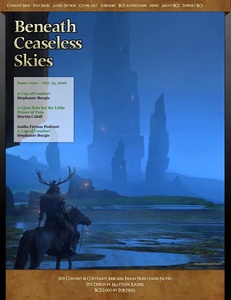
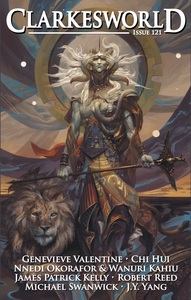
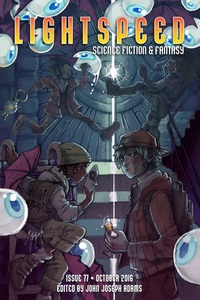
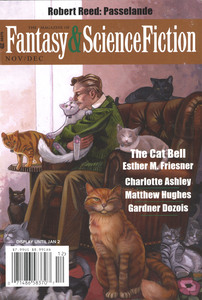

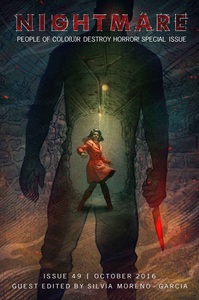
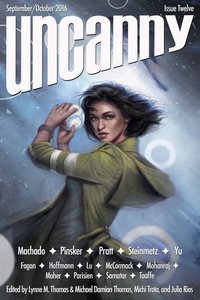
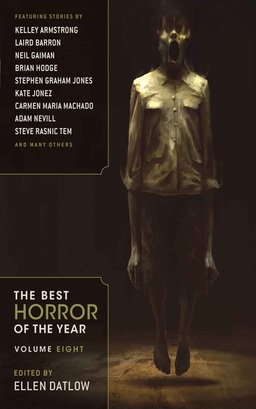
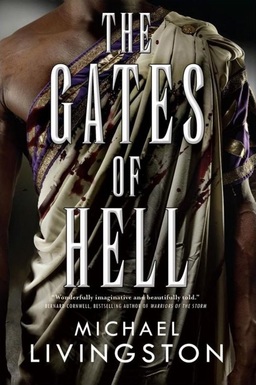
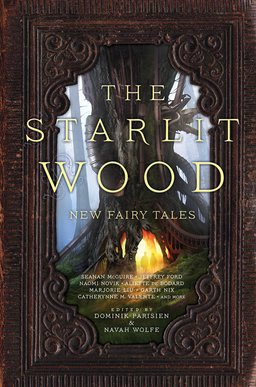
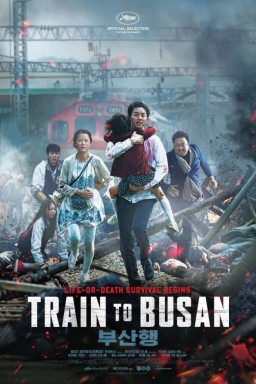 On the morning of Sunday, August 1, I was in no particular hurry to get to the Hall Theatre. I planned to see the Korean zombie movie Train to Busan, but knowing it had already played the large room of the Hall once I didn’t anticipate I’d have difficulty finding a seat. I intended after that to go across the street to the De Sève Theatre, where I’d watch Operation: Avalanche, a found-footage fiction about filmmakers who’d faked the moon landing in 1969. Then I’d go have a bite to eat and come back for two more movies. It sounded like a nice well-spaced day, but when I got to the Hall ten minutes before Train to Busan was scheduled to start I found I’d radically underestimated the film’s popularity. As the doors opened to let the ticket-holders in, the line stretched around the corner, up to the next street, and then around the corner there. Luckily enough, I was able to find a good seat in the back of the Hall, where I watched the auditorium fill up with an enthusiastic crowd.
On the morning of Sunday, August 1, I was in no particular hurry to get to the Hall Theatre. I planned to see the Korean zombie movie Train to Busan, but knowing it had already played the large room of the Hall once I didn’t anticipate I’d have difficulty finding a seat. I intended after that to go across the street to the De Sève Theatre, where I’d watch Operation: Avalanche, a found-footage fiction about filmmakers who’d faked the moon landing in 1969. Then I’d go have a bite to eat and come back for two more movies. It sounded like a nice well-spaced day, but when I got to the Hall ten minutes before Train to Busan was scheduled to start I found I’d radically underestimated the film’s popularity. As the doors opened to let the ticket-holders in, the line stretched around the corner, up to the next street, and then around the corner there. Luckily enough, I was able to find a good seat in the back of the Hall, where I watched the auditorium fill up with an enthusiastic crowd.